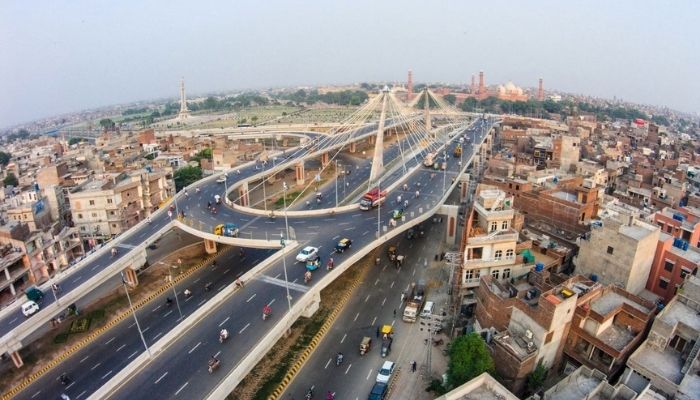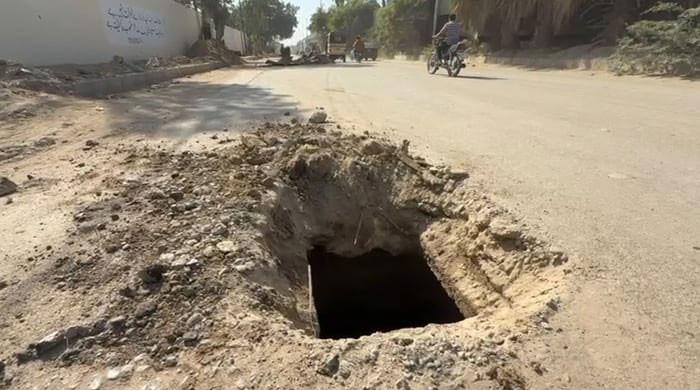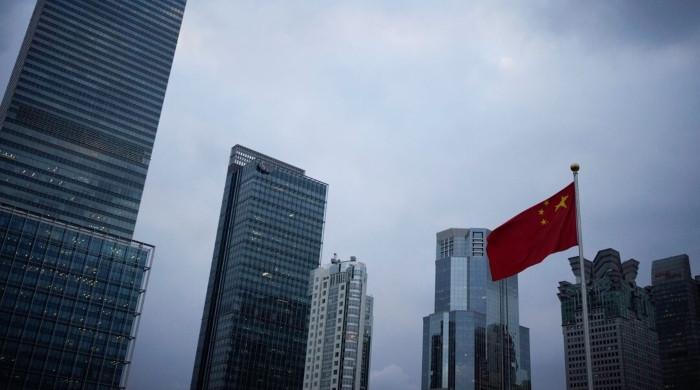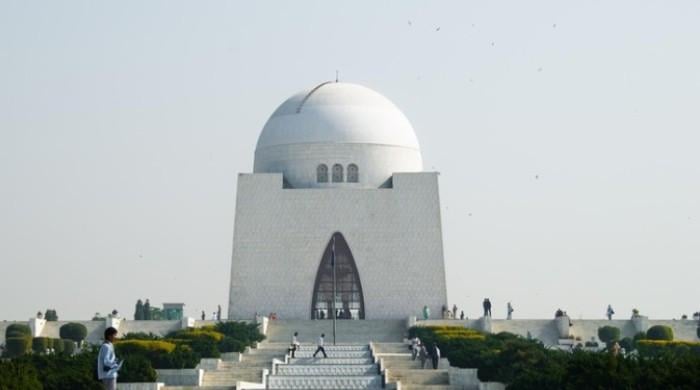Lahore's Master Plans: Why do they end up failing?
Lahore Development Authority is currently preparing Lahore Master Plan 2050
January 06, 2022

"What is the city but the people?" – Shakespeare's words sum up the world we live in perfectly.
Cities are manifestation of people’s aspirations, temperaments, civilisation, and dispositions. Certain towns and cities in the world have become so famous for their ethos that a majority of people are familiar with them without even knowing their geographical location. Lahore fits perfectly into the example. But to what extent have we been able to maintain the historical marvel to the level it deserves? The city certainly gained development endowments in a piecemeal manner, but never a holistic approach to anchor its uncontrollable growth and the problems related to it.
The Lahore Development Authority (LDA) is currently preparing the Lahore Master Plan 2050. Previously, four distinct efforts were made to devise a development strategy for the provincial metropolis. As per claims, this master plan is not an alteration or amendment to the previous plans.
Processes for developing master plans may vary, but they are most successful when they represent a vision that brings together the concerns of different interest groups, and their recommendations create a groundswell of community and political support.
Lahore has struggled with rapid and uncontrolled urbanisation in recent years, giving rise to myriad problems such as congestion, encroachment, heavy traffic, pollution and vast stretches of underdeveloped housing and slums.
The current master plan’s central theme rests on guiding future growth directions and development options. But at this point, it is inevitable to have an in-depth study on the causes responsible for the unprecedented expansion of the city. The current master plan is fourth in line with the development strategies devised for the megacity but which ended up as a failure. This happened for the obvious reason of not integrating all the necessary ingredients into the play, and mere plans and proposals took precedence. Emphasis on data collection and surveys and the preparation of comprehensive documents cannot solely assure their meaningful use.
Lahore’s main issue is its unprecedented and unbridled growth. The prime focus should be on providing all the tools that help in controlling the city’s haphazard expansion in peripheral areas. Rural-urban localities are a breeding ground for social illnesses and criminal activities. When the development authority exercises loose control over private land at the urban fringes, it ignites the mess. Perhaps the biggest problem with conventional master plans is that it is wrongly assumed that city planners can impose their will on all aspects of city development only through the document. In reality, this sole document holds no value in the absence of the law, capacity, and a well-coordinated implementation process.
In Pakistan, much of the development is informal—katchi abadis and the unregulated development of private land. Katchi abadis are unauthorised settlements built by individuals and developers on land – usually state land) – that they don’t own. Unregulated development of private land occurs when people legally purchase land but do not comply with official planning standards such as those specifying road widths and open spaces. Both types of development are reasons for the current mess and are difficult to control because they are informal. Gaps in the planning mechanism that pertain to the legislative powers of the officials, insufficient capacity, limited resources to influence the non-confirming trends and ad-hoc interventions by politicians result in the failure of the policies of master plans.
Although the consultative process of the current exercise of preparing the Master Plan for 2050 is ongoing, it turns out to be poor as community or stakeholder involvement has been limited to only a formality. Four public consultative workshops have been held so far, but the turnout was unsatisfactory. This is one of the reasons for the constant failures of our planning exercises, as the relevant authorities are only concerned with formalities to have a legitimate basis and not the truthful spirit of the process.
As per the recently resumed devolution plan, peri-urban areas are exclusively designated for only agriculture-related activities. But the local governments – ie the tehsil administrations – approve small housing schemes on such land due to either political pressure or other reasons. These fragmented private development projects are approved in areas that do not have the availability of proper infrastructure or municipal services. This gives rise to drainage and sewerage problems, lack of waste collection and a highly disintegrated road network.
Ever since its inception, Pakistan has failed to develop city planning laws in a well-coordinated and hierarchical manner. There should be horizontal and vertical links in the laws to maintain adequate development controls and land use regulations. There should be a national- or regional-level policy that can suggest how development authorities and local governments must operate. It should define the issues related to the adjacent boundaries of areas under different jurisdictions. All master plans should then be made in line with the national policy without any discrepancy.
The apex policy should take into account afforestation, guide the government and planning commissions for the identification of investment opportunities, and address the issues of regional disparities and the unequal distribution of facilities, services, and development options that create discomfort among the people. The next in the hierarchy will be development authorities that are responsible for the preparation of the master plans of metropolitan cities. These planning authorities will have to keep vigilance over non-compliance of land uses and to keep them in line with the master plan provisions.
It is also worth mentioning that the authorities face many problems in exercising their will—mostly due to the weakness of the legal system. They claim to be understaffed and without the required equipment, because of which they fail to exercise uninterrupted caution over the misuse and noncompliance of the planning regulations. It is unfortunate that, due to the inherent flaws in planning laws, courts too often end up issuing a stay order in favour of illegal developers. This alters the game, and the validity of the master plan provisions becomes questionable and unworkable.
Even if a fascinating legislative system is formulated, we always need the human capacity to implement it. Many posts remain vacant in each tier of planning authorities. Such negligence at the end of governments leaves our cities at the mercy of mafias, and we the residents pay the cost of liveability.
The third requisite for city maintenance and management is the finances. The planning authorities fall short of funds that are needed for the purchase of equipment. Also, another important factor for the successful implementation of a master plan is the government’s commitment and strong will.
The most recent master plan for Lahore is a ray of hope for altering the fate of this gem of history. It is not fair for the metropolis to be ranked highest in the world’s environmental degradation standards. Efforts such as introducing the concept of urban forests, planting woodlands in peripheral areas, allocating more funds for waste management and establishing multiple disposal sites for the collected waste, and evolving a central theme for the momentous Lahore as a heritage destination with world-class facilities should be the government’s top priority to take the city to the level it deserves.
Our cities are us. A nation is seen through its parks, avenues, and cleanliness habits. Cities nurture generations, establish the temperaments of cohorts, enhance livability, and cultivate creative minds. Therefore, they should be preserved, glorified, and nourished in every way for our future generations.
The writer is a Lahore-based urban planner, economist, and artist.
Originally published in The News









